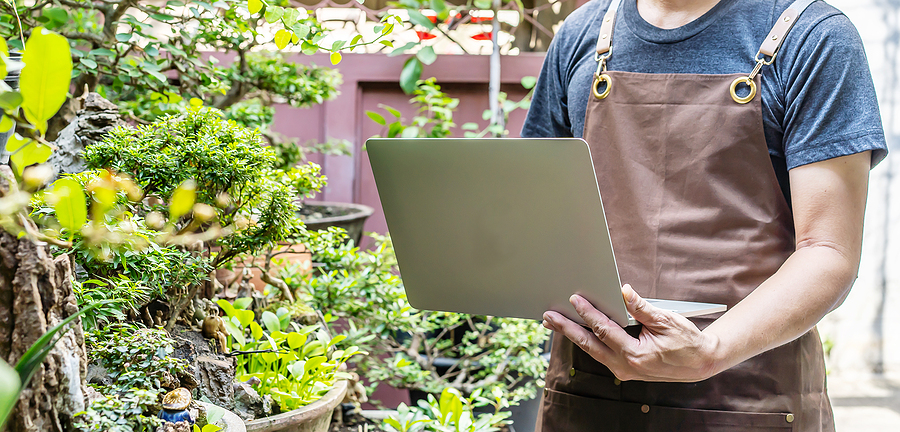A tree inventory is a process that arborists go through in order to create an accurate map of the various species’ and size for any given area. It is vital because it helps with determining how to take care of our natural world, as well-informed decisions are always better than uninformed ones.
There isn’t a single reader that takes issue with keeping the world’s oxygen supply readily healthy and maintained, but very few of us realise the incredible lengths that go into keeping the status quo.
A tree inventory is about so much more than simple data entry, it’s about deepening our understanding of the world at large, and what makes mother nature tick the way it does.
This article will introduce you to the tree inventory, what they entail, why they are so important for keeping the world green, and some other interesting facts about them.
The Process Of A Tree Inventory
A tree inventory is a comprehensive list of flora species and the number of individuals for an area.
This process becomes increasingly complex when the population consists of rare, threatened, or endangered species. However, a tree inventory can be as simple as counting them to determine if there are enough seedlings present to expand reforestation efforts within the region. A tree inventory should involve all stakeholders such as forestry managers, park management, or landowners who will implement restoration work in future years.

The first step usually begins with noting each individual specimen and recording data about it like its location (coordinates), dimensions (height and crown width) and reproductive status (whether flowers/seeds were observed during survey). Depending on which protocol you follow – either international standard tree inventory protocol or assessment method – you can also carry out additional measurements that provide more information about the specimen.
For example, you might want to measure biomass using specialist devices and determine crown status using an aerial photo interpretation technique called direct visual estimation (DVE). Determining characteristics like age is particularly important when assessing large specimens because it helps manage their life cycle.
Another example would be if a specimen has reached its maximum lifespan in terms of growing height/crown dimensions, then continued investment into maintaining these specimens without harvesting them for wood production makes little sense from economic perspective. The best thing would be to remove them and replace them with young ones whose growth potential will not have been compromised by old age yet.
Why A Tree Inventory Is Vital
While many do not consider it, a tree inventory, when conducted well, is a great virtue for valuing the environment. When you value the environment, you can ensure that it is kept green and lush for years to come.
A tree inventory can help you understand your property better as well as how good or bad its soil conditions are through a detailed analysis of specimen health and growth rates. In a more conceptual take, the process is also a matter of furthering our understanding about how nature works, from the small scale of private property to the world at large.
The specimen’s genetic makeup can also be identified during such an exercise which means that any upcoming plans related to forestation will take into consideration the nature of plants growing in those particular regions.
Nature and the elements that comprise it should not just be viewed from our point of view – we need to consider their vital role within the ecosystem too. If we do not look at them this way, then they will become extinct without us even realizing what happened.

